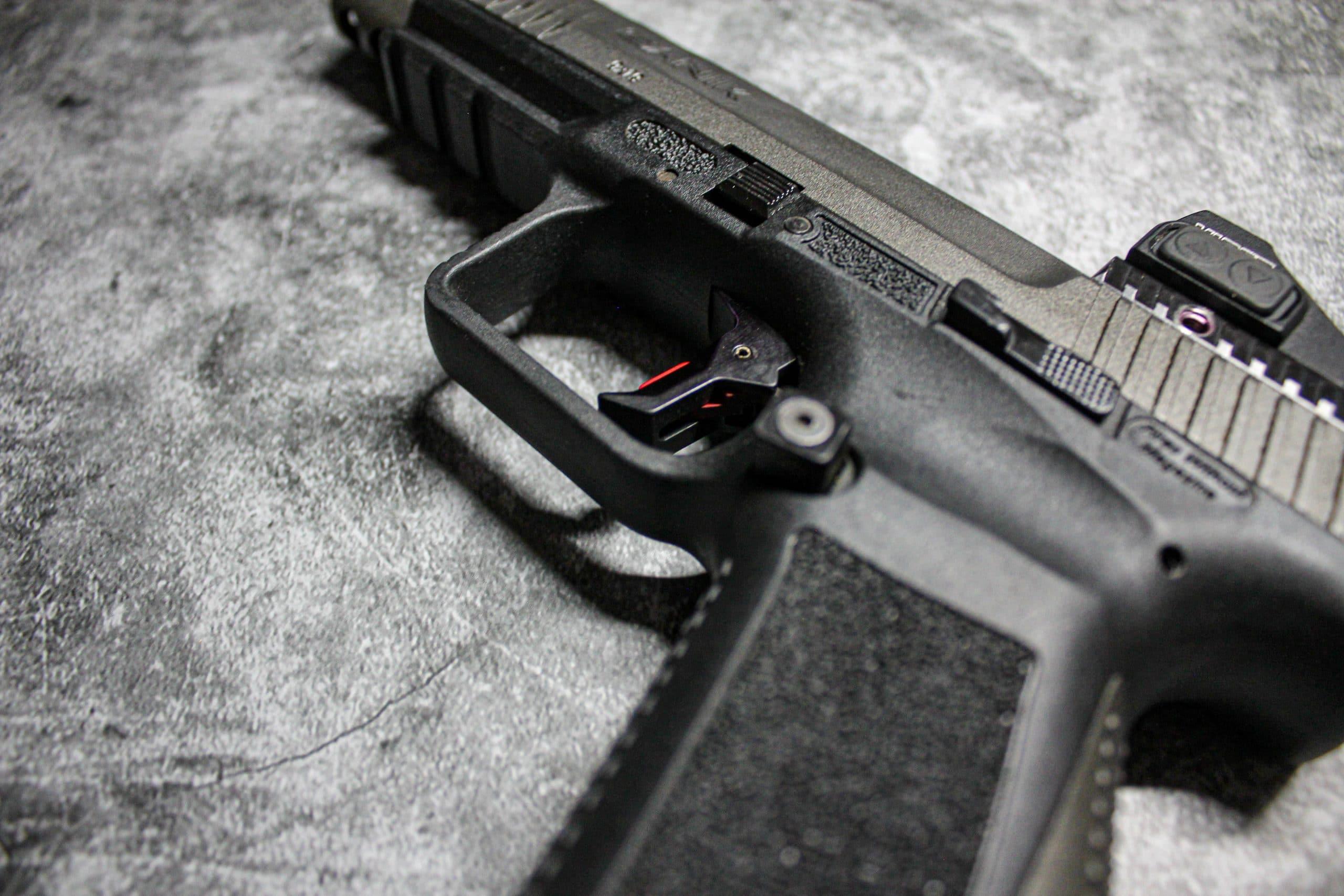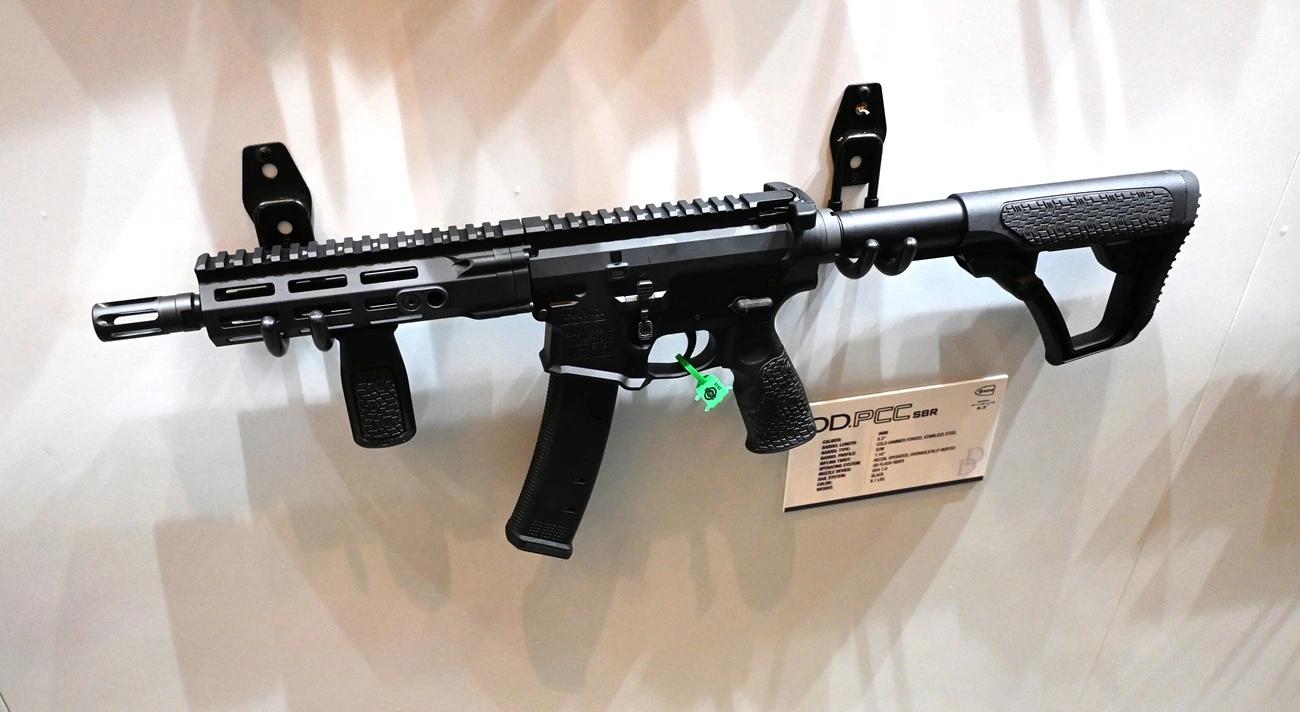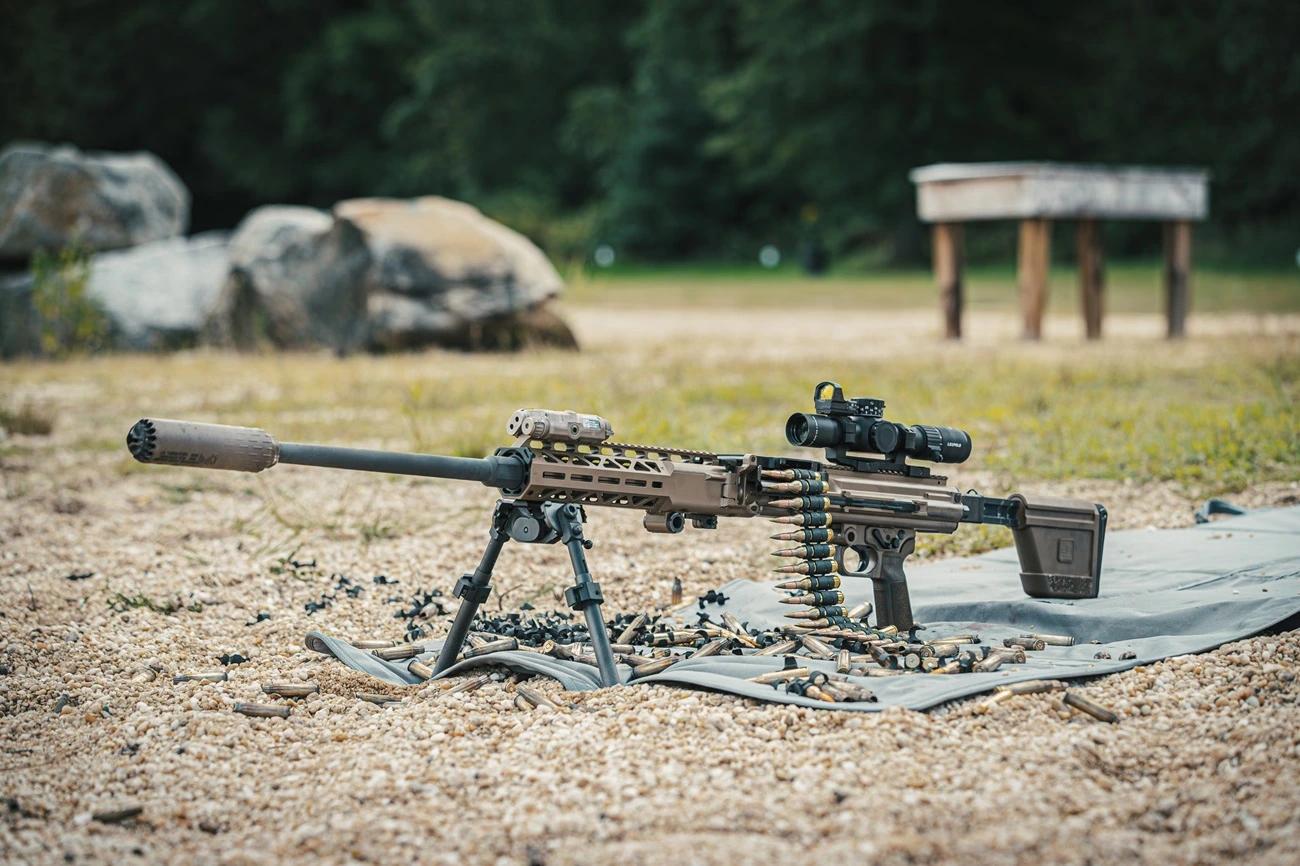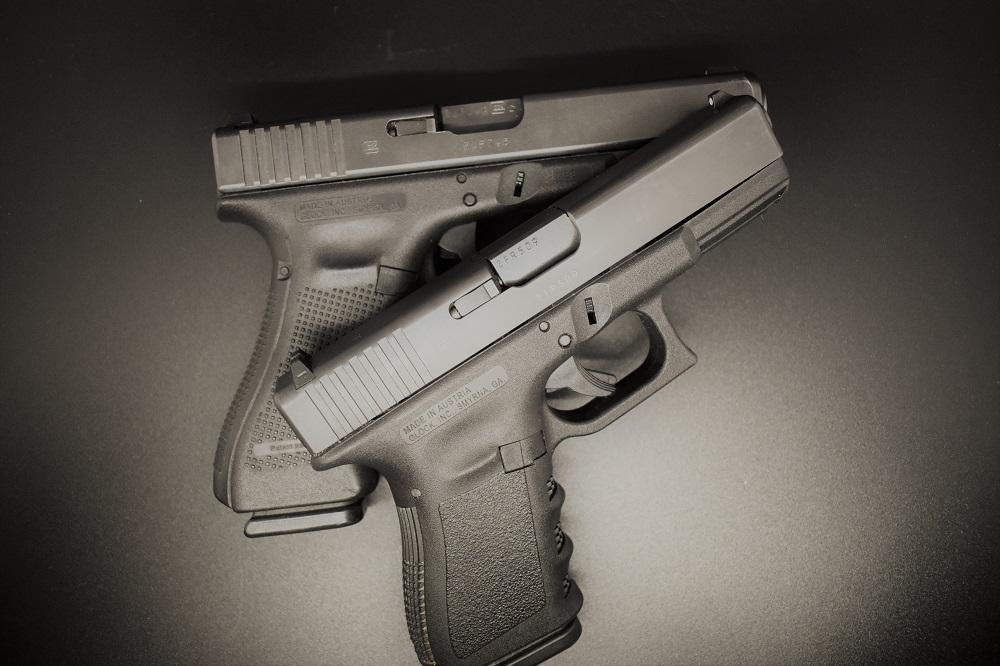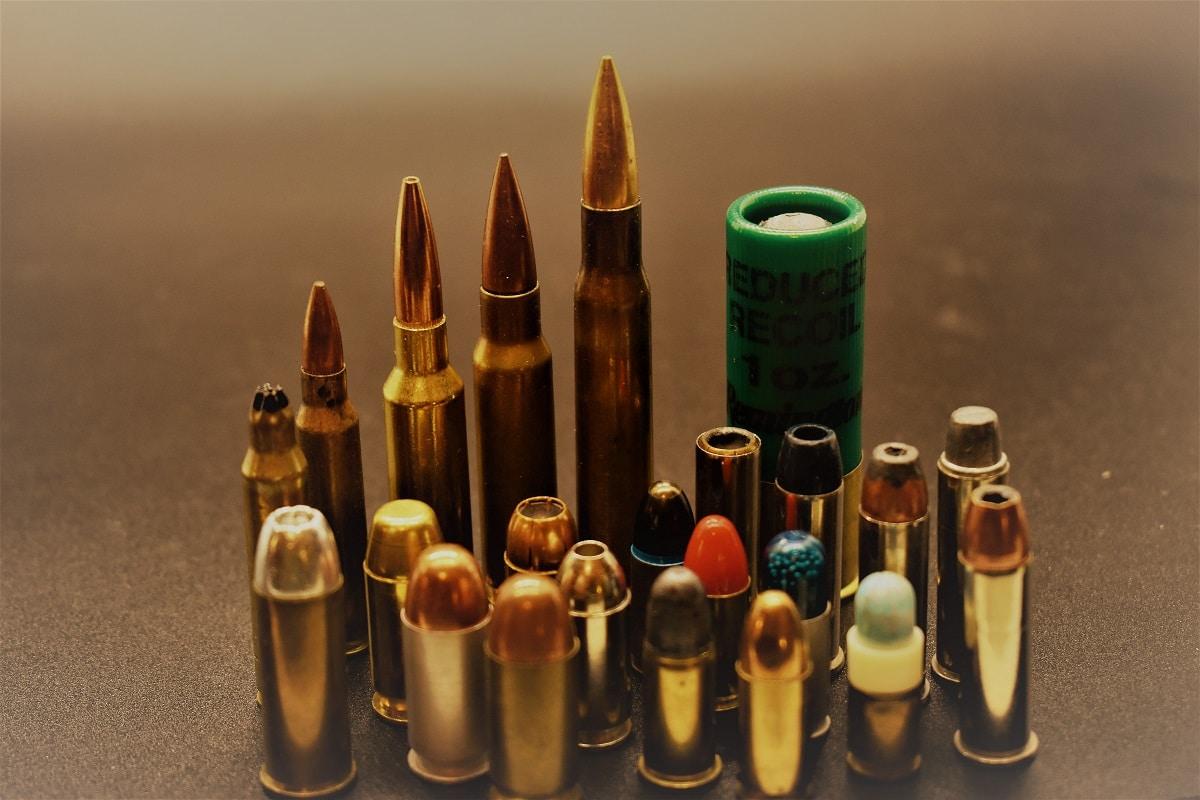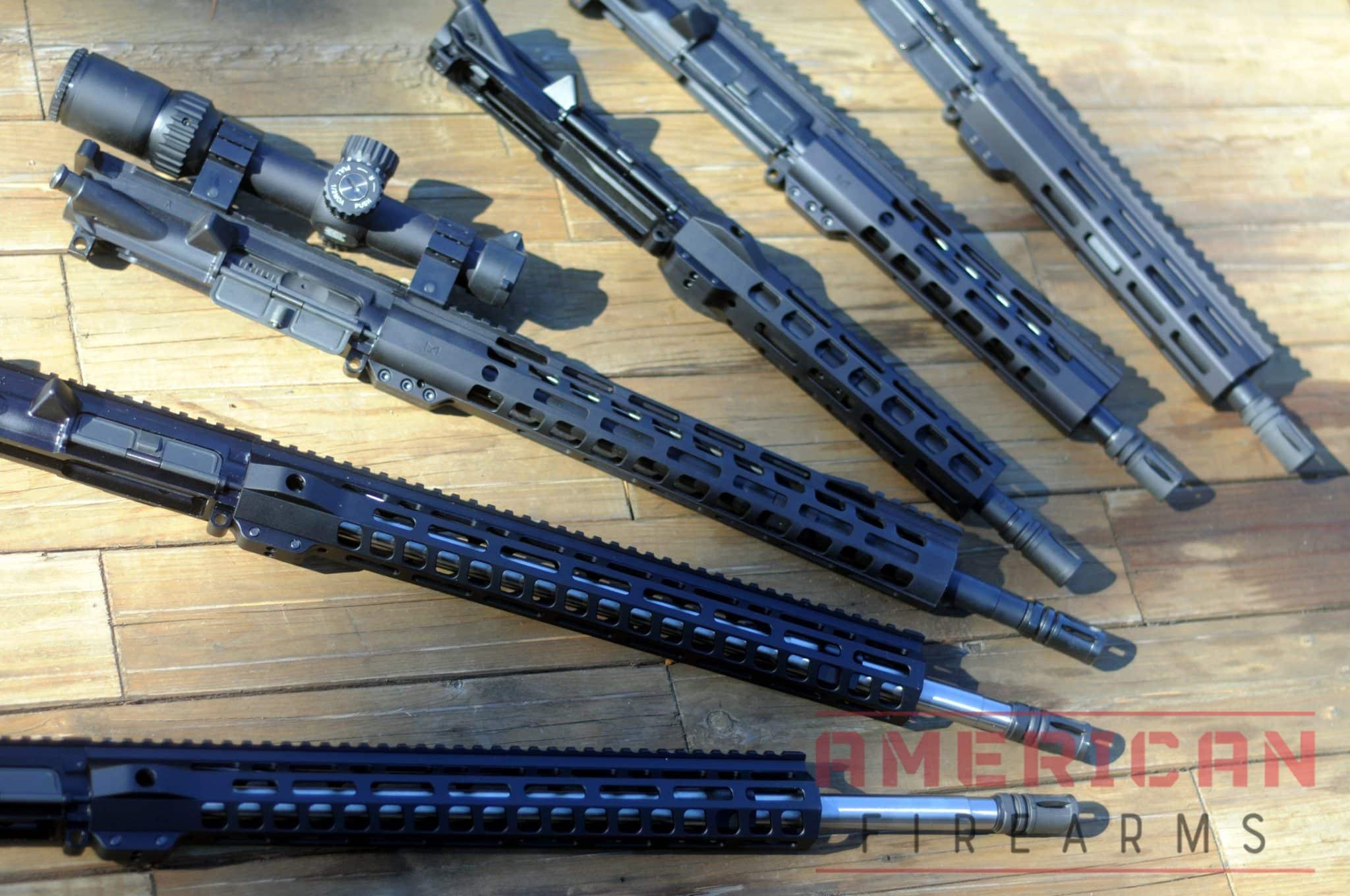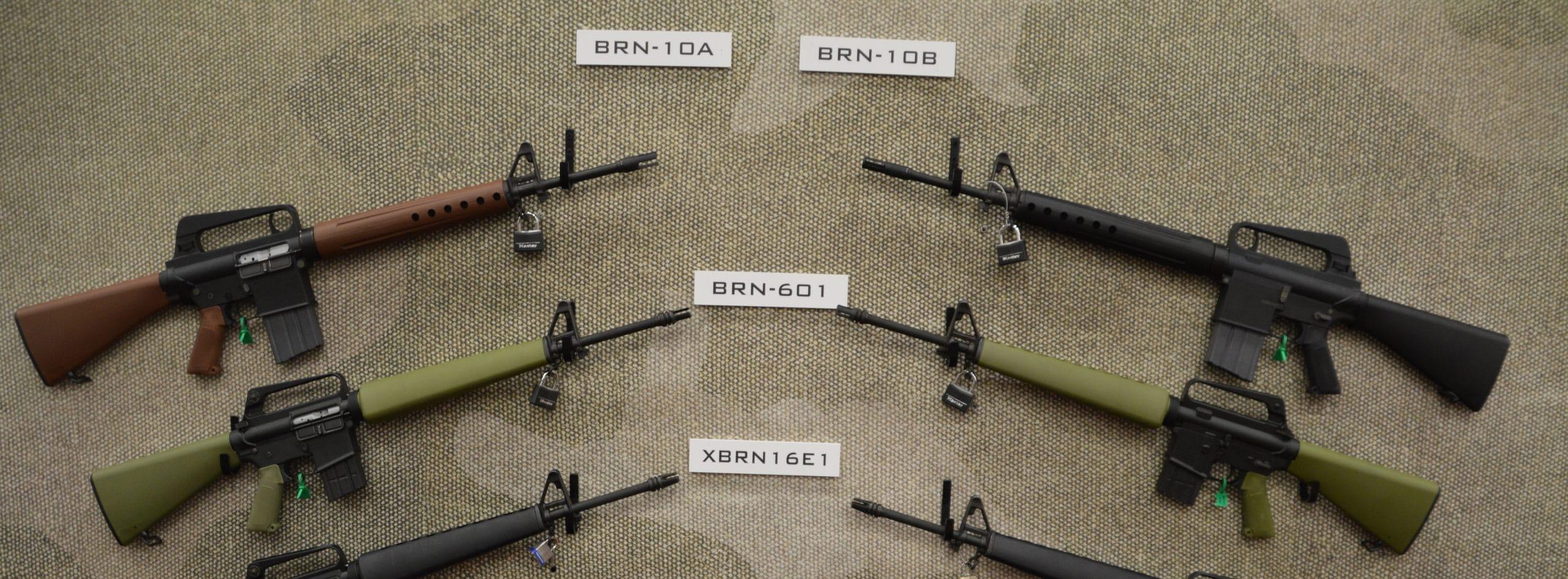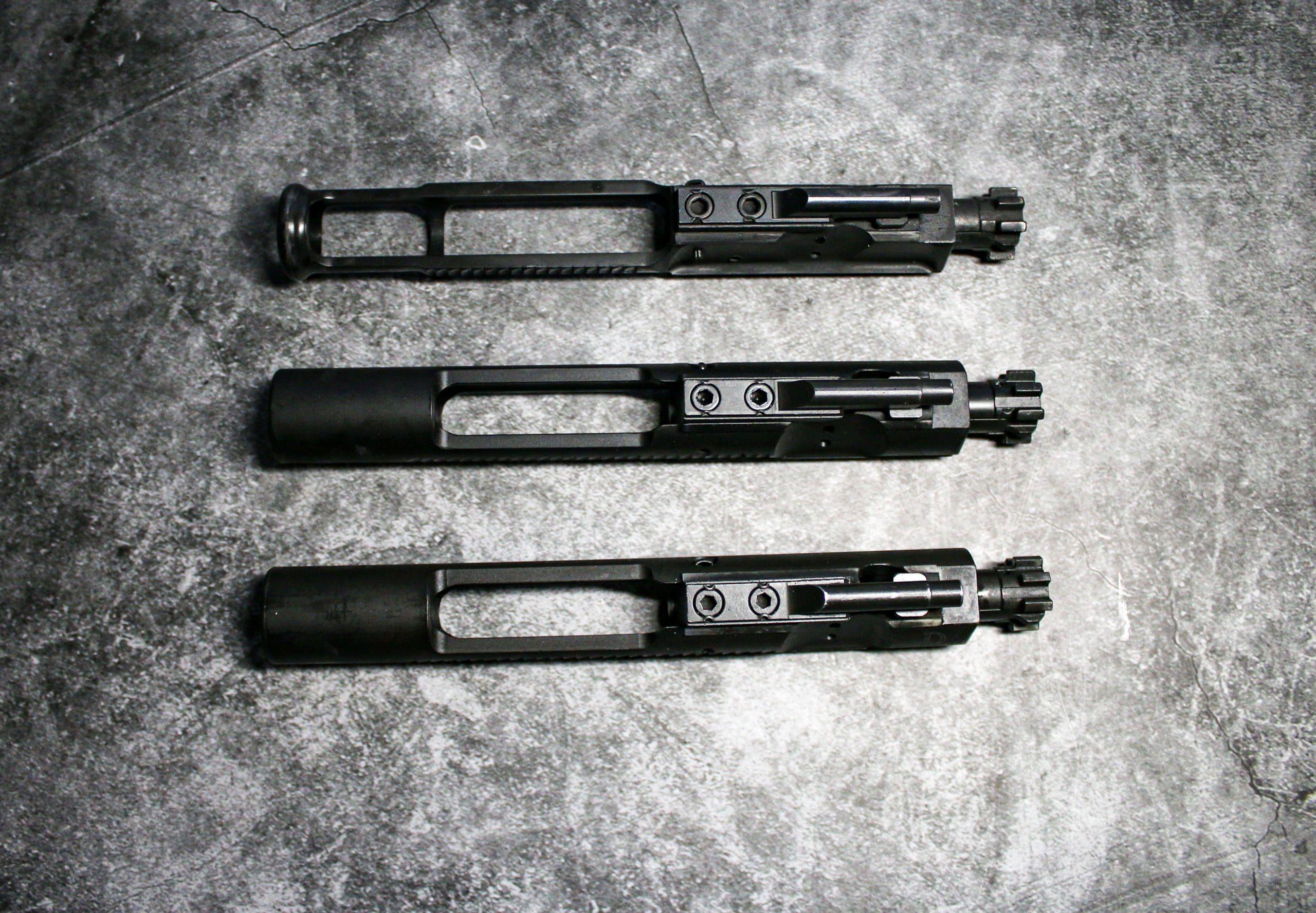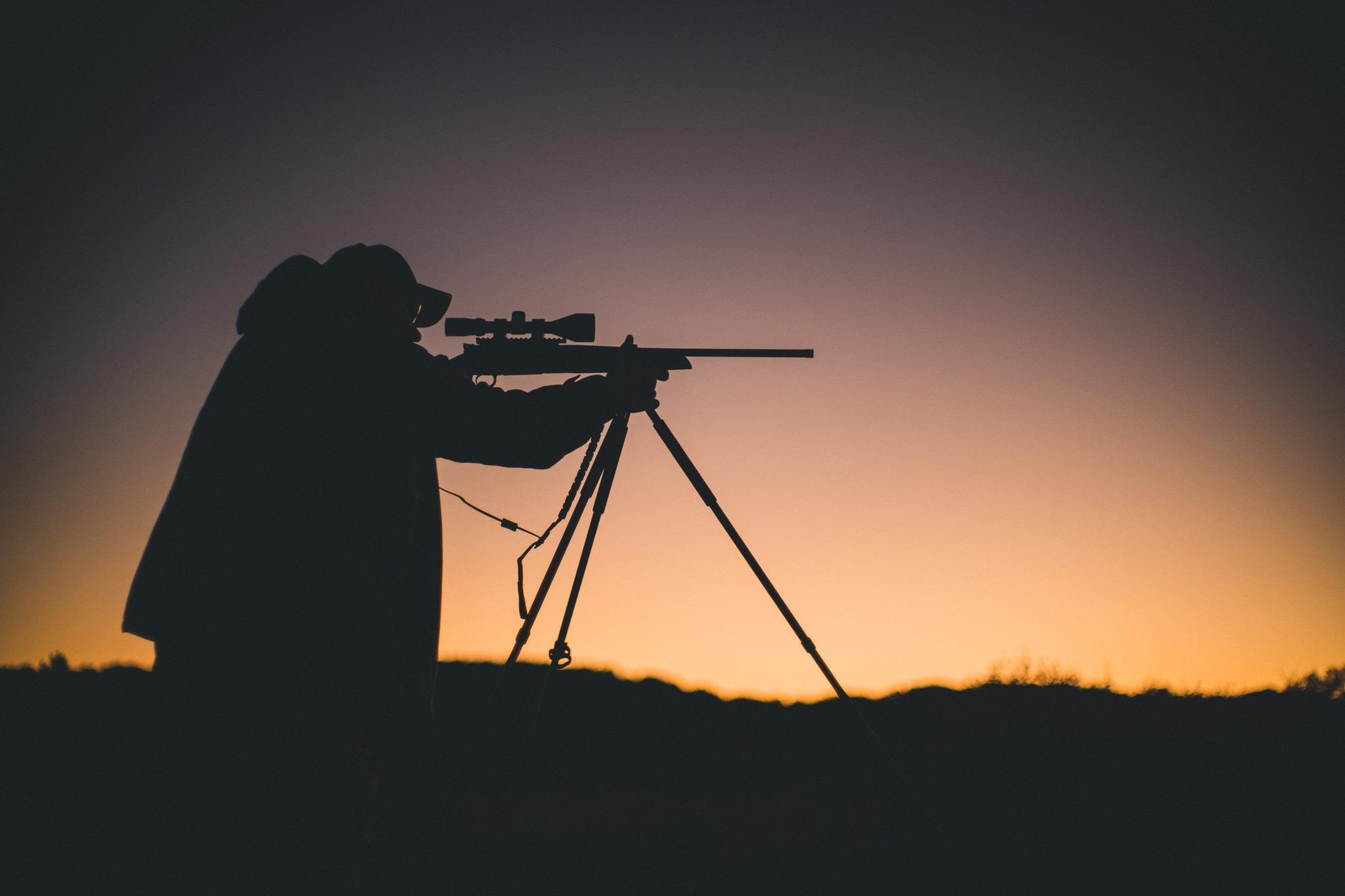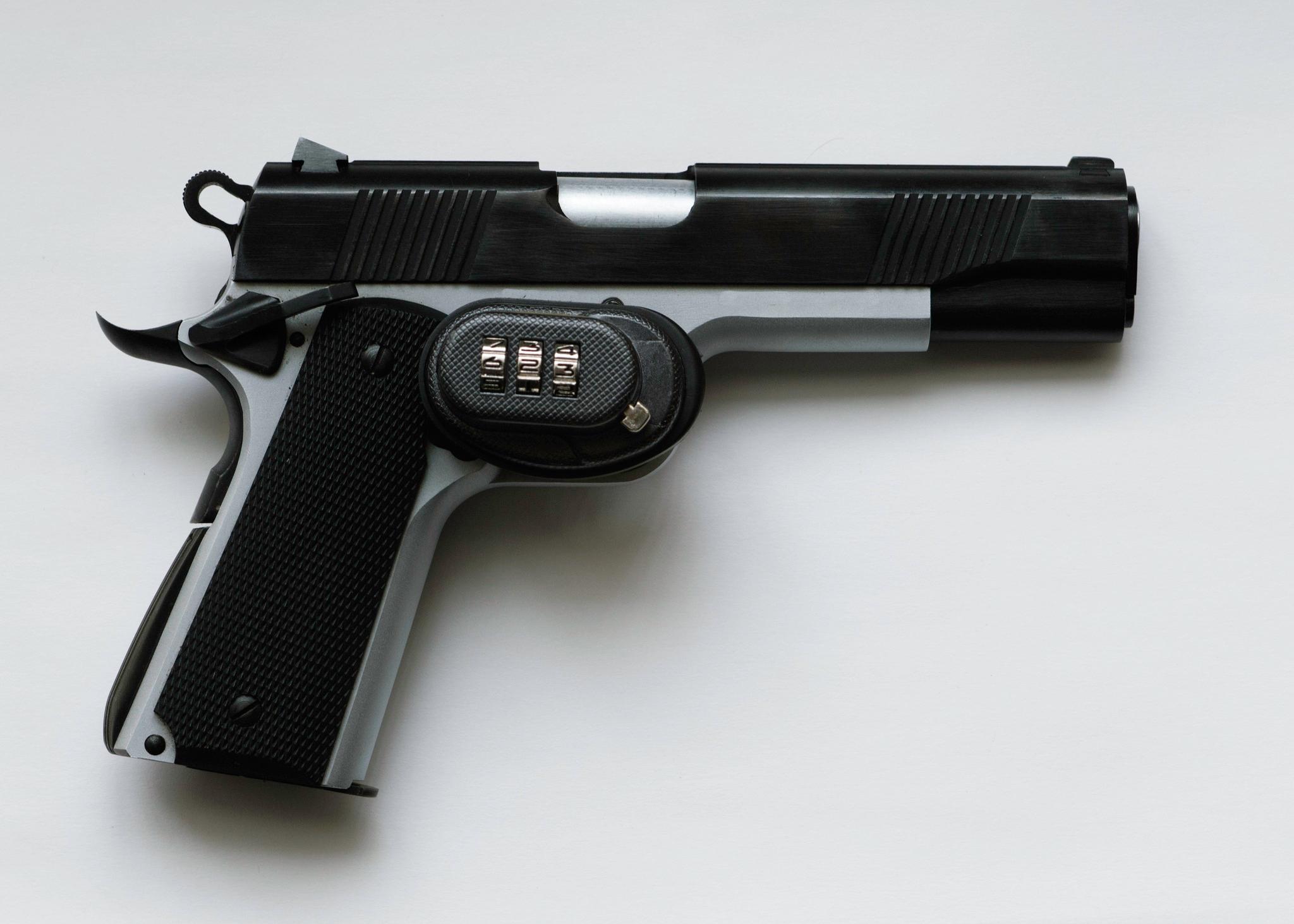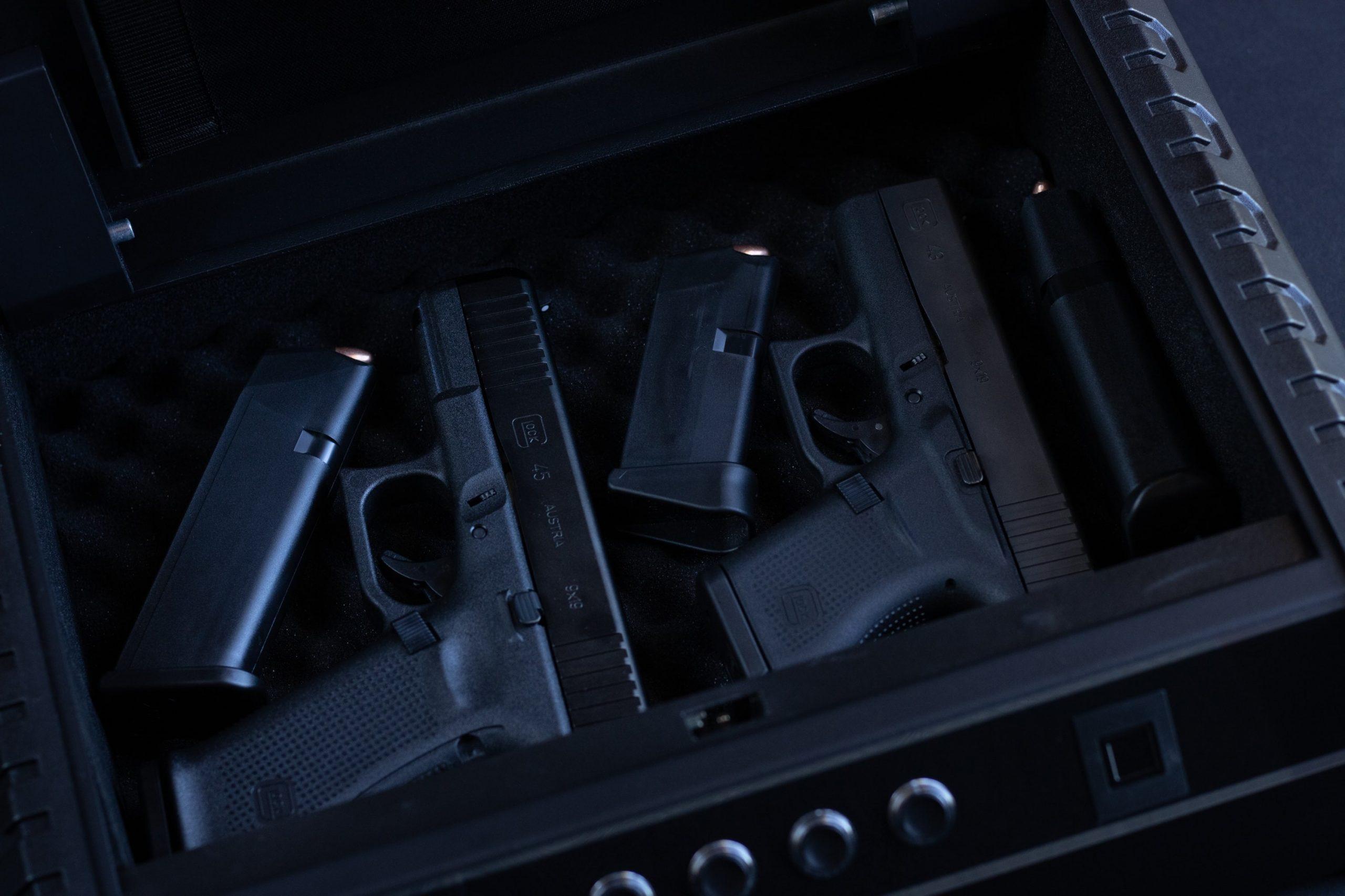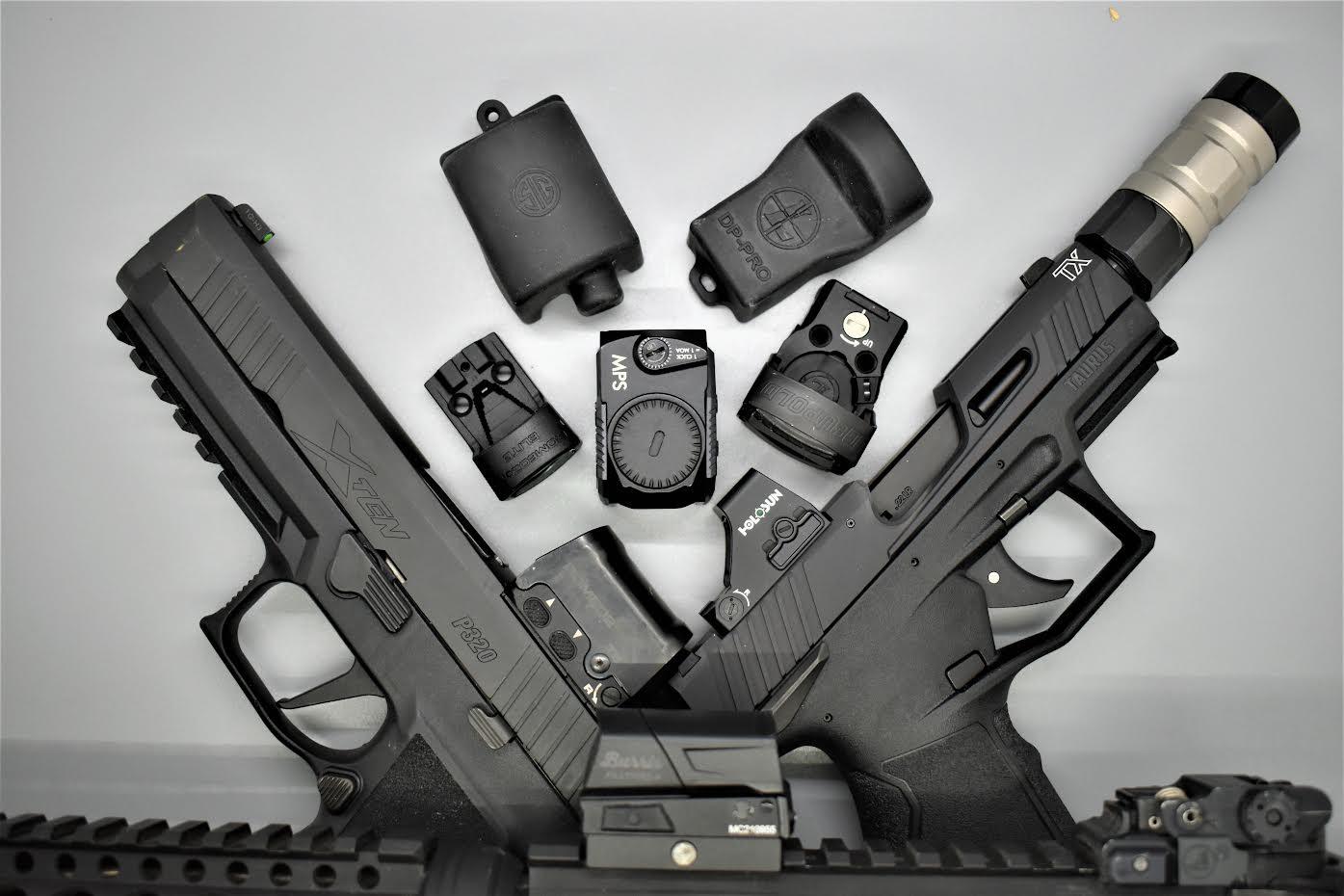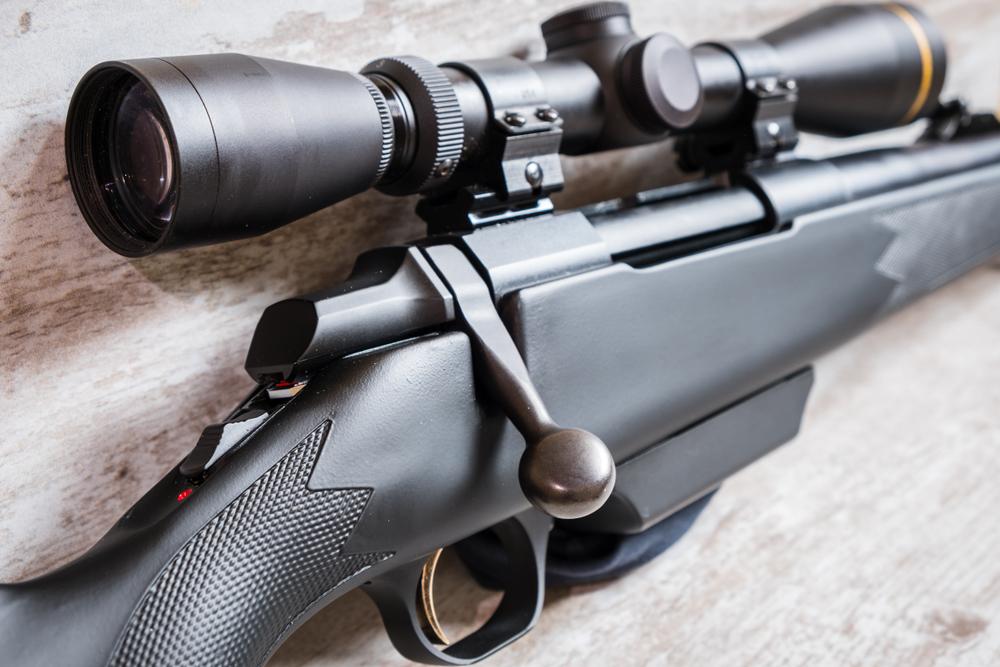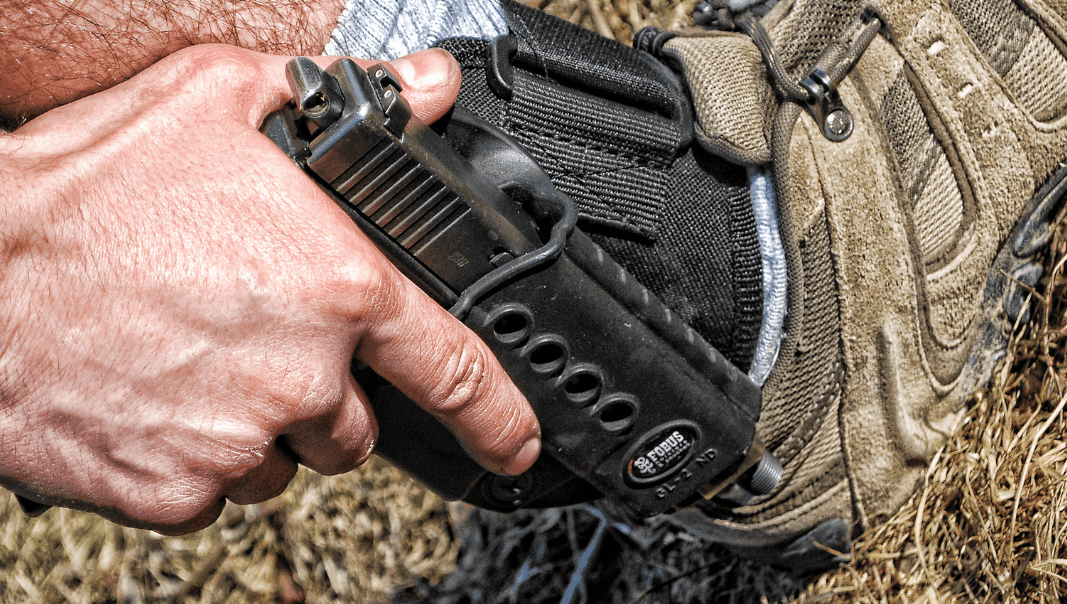Firearm Statistics
Written By
Michael Crites
Licensed Concealed Carry Holder
Reviewed by
Editorial Team
Learn About The Editorial Team
Share:
Products are selected by our editors. We may earn a commission on purchases from a link. How we select gear.
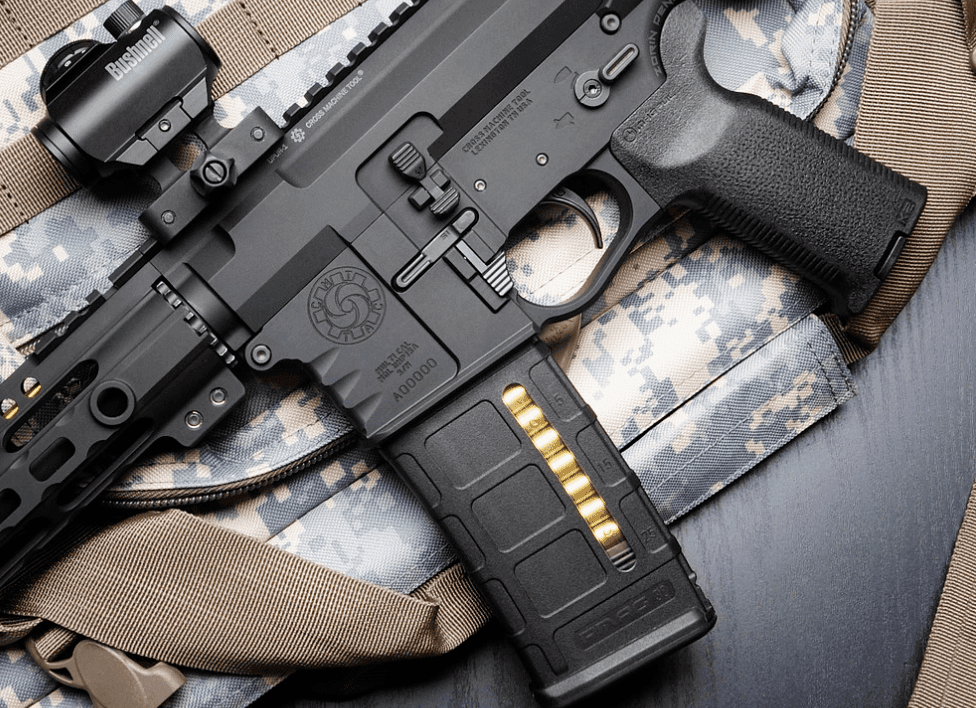
Updated
Jan 2023
Table of Contents NICS Background Checks The FBI’s National Instant Criminal Check System (NICS) is the system used by FFLs to process background checks for gun buyers, and the FBI does a fantastic job of reporting and breaking down NICS data. We’ve used that data to provide a high-level look into gun sales. Granted, the …
In This Article
Table of Contents
NICS Background Checks
The FBI’s National Instant Criminal Check System (NICS) is the system used by FFLs to process background checks for gun buyers, and the FBI does a fantastic job of reporting and breaking down NICS data. We’ve used that data to provide a high-level look into gun sales. Granted, the data doesn’t differentiate between new gun buyers and someone adding their 5th AR to their collection, nor does it tie directly to the number of firearms actually sold. Still, it does provide some directional context in terms of the overarching gun sales market.
So, how are gun sales doing? Take a look below.
We all know that the pandemic coupled with civil unrest and layered into an ammo shortage sandwich has created unprecedented demand for firearms, but the above annualized data really helps to understand just how massive 2020 was for gun sales; 2020 saw an incredible 40% year-on-year increase in gun sales over 2019.
The 2020 numbers are impressive, but check out the month-over-month comparison of 2021 with 2020:
Where does this recent trend land us for total background checks in 2021?
49 million.
If we keep moving product the way we have for the first part of 2021 there will be almost 50 million background checks processed in 2021. One for every 7 people in the U.S.
Gun Violence & Control Statistics
There are three kinds of lies: lies, damned lies, and statistics.
This well-known saying is part of a phrase attributed to Benjamin Disraeli (former British prime minister in the 1800s) and popularized by Mark Twain. The statement refers to the persuasive power of numbers, and powerfully describes how even accurate statistics can be used to bolster inaccurate arguments.
Statistic truth is in the eye of the prepared – the source of the survey. Statistics can be generated to bolster any argument even in the face of insurmountable indicators against it. Statistic generation wade through the mud of variables which like a herd of cats are near impossible to control. For example, statistical surveys are influenced by the researcher’s
- bias,
- personal opinion,
- preparation, research and collection methods,
- sex,
- education,
- religion
- politics
- client
- rate of pay
- experience in life
- experience with the topic in question
Among others
The survey to collect the information can be influenced by:
- geographic location
- questionnaire type and length
- inflection of the interviewer
- audience demographics
- weather
- compilation methods
- analysis,
- computation and
- delivery.
Among others.
In other words statistics can be made to say anything.
When we look at the audience being questioned two glaring anomalies arise that have proven to be true in the experience of interviewing people over time:
- People often lie, their answer often does not reflect the truth or their true feelings, as they may be embarrassed by them.
- People like to give a pleasing answer to the interviewer telling them what they think they want to hear.
After wading through countless studies, research and medical papers about firearms and gun control, they all – with a tiny exception – enter their research pre-determined to prove that firearms are bad. And that legal firearm holders are irresponsible and need to be controlled. Their research methodology -who they interviewed, when and how – can leave a lot be desired.
Societal problems and the misuse of firearms
Societal problems and the misuse of firearms
Crime and homicide survive in the following fertile breeding grounds:
- Poverty
- Alcohol abuse
- Drug use
- Inner City Cycle of Violence
For firearms critics guns are tangible and visible and attacking them, vilifying them polarizes voters into agreeing to something that seeks to provide a quick fix to a problem that will not go away. Tackling issues 1 through 4 above are too difficult, their range and lifecycle too long for a 4-year politician to tackle. Politicians survive from visible sound-bite issues like gun control. And so these issues go unresolved and 150 million American firearm owners pay the price as they are pushed step by step through increasingly oppressive gun control toward becoming unwitting and unwilling criminals.
Firearm Research
In the United States, research into firearms and violent crime is fraught with difficulties, associated with limited data on gun ownership and use, firearms markets, and aggregation of crime data. Research studies on gun violence have primarily taken one of two approaches: case-control studies and social ecology. Gun ownership is usually determined through surveys, proxy variables, and sometimes with production and import figures. In the statistical analysis of homicides and other types of crime which are rare events, these data tend to have various distributions, which also presents methodological challenges to researchers. With data aggregation, it is difficult to make inferences about individual behavior. This problem, known as an ecological fallacy, is not always handled properly by researchers, leading some to jump to conclusions that their data do not necessarily support. [http://en.wikipedia.org/wiki/Gun_violence_in_the_United_States#_note-NAS-ch4]
Firearms and firearm ownershipDepending on what statistics you read:
- there are 250 – 280 million firearms in the US
- 40 – 50% of US homes own a firearm, that’s 120 – 150 million people
Trends in Violent Crime
The late 1990s saw promising decreases in violent crime in large cities, providing an important opportunity to identify factors that might be used to further reduce firearm violence. The decrease was likely the result of several factors that include:
- The collection of location-specific crime data, the analysis of those data, and the
- development of strategies to efficiently allocate police resources.
- Improving troubled neighborhoods.
- Stricter sentencing and stricter gun laws to keep felons from obtaining firearms.
[Blumstein A, Rosenfeld R. Assessing the recent ups and downs in US homicide rates. National Institute of Justice Journal, October 1998: 9-11. Full article Available: The Journal of Law and Criminology, 1998; 88(4).]
Sign up for our newsletter
Get discounts from top brands and our latest reviews!


